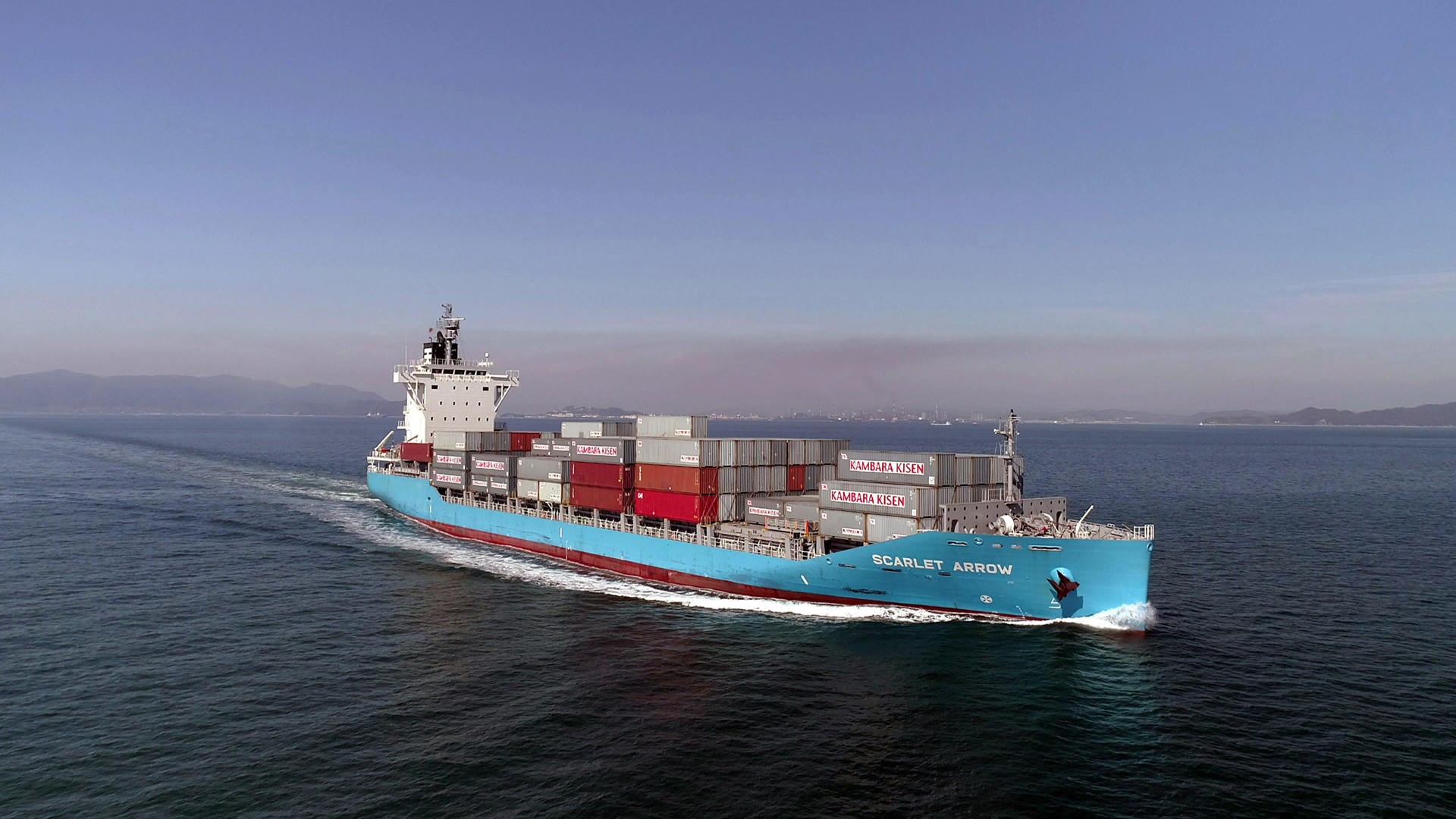Optimizing Energy Use in Vessels with Enhanced Environmental Performance and Cutting-Edge Systems
Reducing CO2 emissions from shipping by optimizing vessel routing
As concern over global environmental issues grows, the shipping industry must also further reduce its CO2 emissions. However, it would be extremely difficult to completely electrify ships while still maintaining current transport capacity. For now, an effective alternative is to try and reduce the amount of fuel used by vessels during voyages. KAMBARA KISEN is undertaking various measures to help address these issues, using both hardware and software.
Weather routing and autopilot are common software measures to reduce emissions. Weather routing analyzes ever-changing weather and sea conditions to plot routes that will minimize both navigation time and fuel consumption. Meanwhile, the autopilot automatically corrects the ship’s course whenever it drifts off course due to currents or wind.
By adopting systems such as these, a vessel can always navigate optimal routes at the best speeds to minimize environmental impact, while reducing the burden on the ship’s officers.
Creating synergies with the shipbuilding industry to further lower the shipping industry's environmental impact
In terms of hardware, emissions reduction can be achieved by actively adopting and deploying TSUNEISHI SHIPBUILDING’s cutting-edge vessels. We are working to reduce fuel consumption and CO2 emissions by applying the latest energy-saving and environmental technologies backed by R&D. These include painting the hull to reduce friction, and optimizing the propeller to minimize water resistance. Being able to deploy state-of-the-art ships as quickly as possible is one of the strengths of the TSUNEISHI GROUP, since it includes businesses that can generate synergistic effects between shipbuilding and shipping. We will continue to investigate and adopt effective systems in both business areas, while taking on the challenge of providing marine logistics that is increasingly sound for the global environment.





